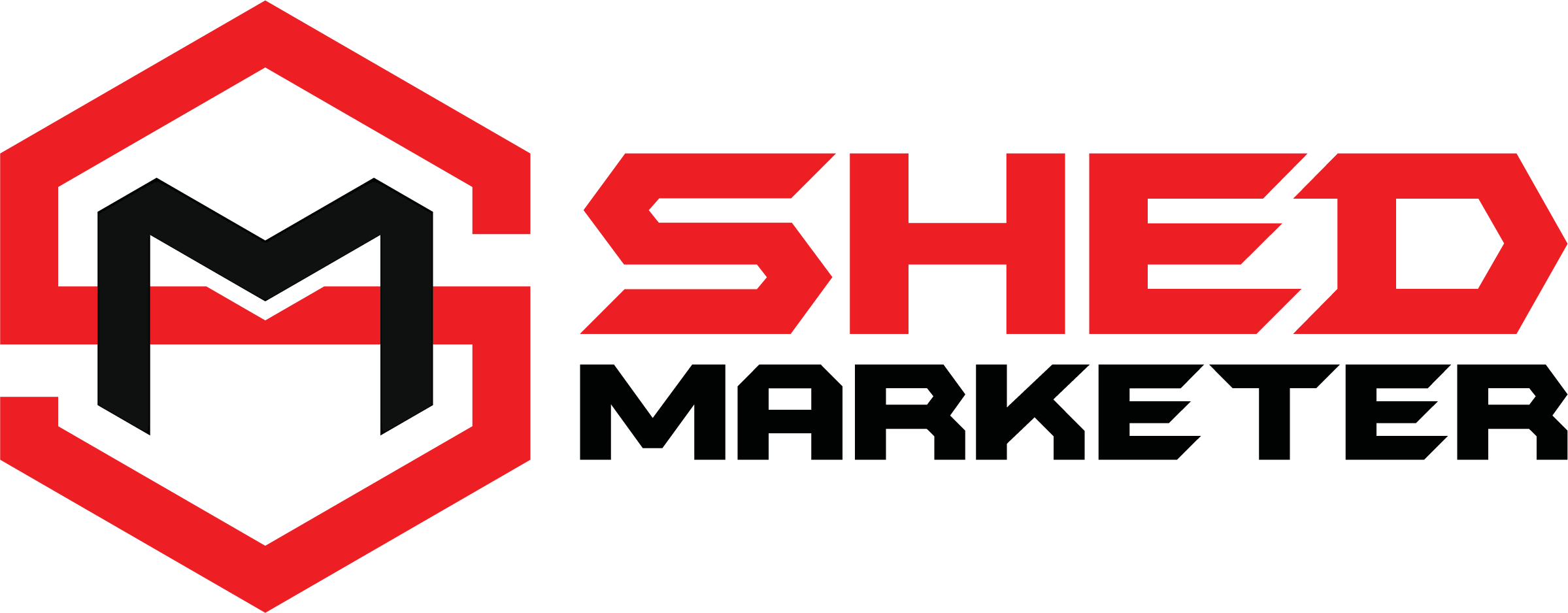Are you struggling to get your shed business noticed online? One key element you might be overlooking is your images. In this guide, Shed Marketer will explain why images are a key part of SEO marketing for shed builders and how to optimize images for SEO to ensure your products stand out in a crowded digital marketplace.
What Does Image Optimization Mean in SEO?
Image optimization is one of the key SEO basics you need to master if you want your website to be in the top search results.
Optimizing images is the process of creating and delivering high-quality images in the ideal size, format, and resolution to increase user engagement. It also involves accurately labeling images so search engines can read them and understand page context. You can also include captions to improve SEO.
Resize and Compress Images
Large images can slow down your website, leading to a poor user experience and a drop in search engine rankings. To prevent this, resize your images to the smallest possible size without compromising on quality:
- JPGs (JPEGs) can be heavily compressed, so you can reduce the file size without a drop in quality.
- PNGs are ideal for images with text or transparent backgrounds. PNGs are lossless, so they don’t lose quality, but they tend to be larger than JPGs.
- SVG (scalable vector graphics) are perfect for logos, icons, and other designs that need to scale without losing quality. SVG files are typically smaller than PNGs and JPGs.
Compressing images further reduces file size, speeds up load times, and helps your website rank higher, so it’s an important part of how to optimize images for SEO.
Add Image Titles and Alt Text
Each image on your site needs a title and alt text. The title should be brief yet descriptive. When naming your image files, ditch the generic ‘IMG_1234.jpg’ format. Instead, use descriptive titles like ‘red-wooden-shed-backyard.jpg’.
The alt text image description should provide context. To write effective alt text, describe the image as specifically as possible with keywords that relate to the image and your content, but avoid keyword stuffing.
Alt tags are the HTML attribute that specifies the alt text. When adding an image to your website, you’ll include the alt tag in the HTML code of the image element. It looks something like this: img src=”red-wooden-shed.jpg” alt=”Spacious red wooden shed in backyard”. Search engines index this tag and use it to learn about your site.
Use an Image Sitemap
An image sitemap helps search engines discover images that they might not find through crawling. By including additional details like image type, subject matter, and license information, you can improve the chances of your images appearing in search results.
Want More Tips on SEO for Your Shed Business? Contact Shed Marketer
Knowing how to optimize images for SEO is crucial in enhancing your online presence. Following these steps ensures that your images contribute to a faster, more efficient, and SEO-friendly website.
At Shed Marketer, we specialize in helping shed builders like you maximize their online potential. For more insights into creating SEO-friendly landing pages, contact us at (888) 346-1069.

